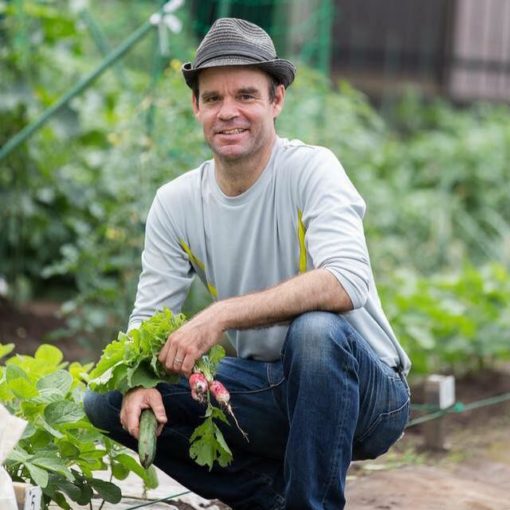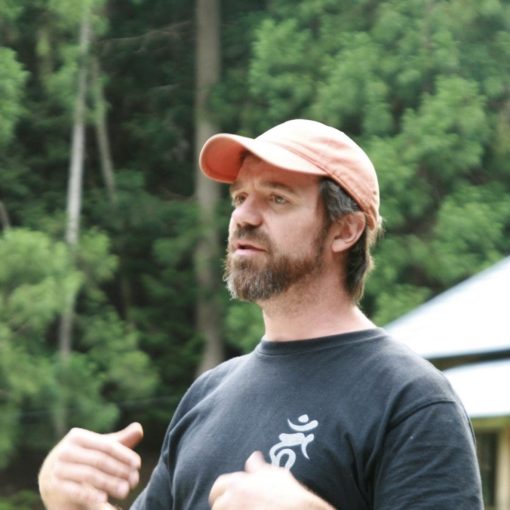Growing your own food, especially when living in a city, is not something you might think about doing. But there are any good reasons why you should be considering it.
First of all, it allows you to eat healthy organic fruits and vegetables, which have not been sprayed with pesticides, for very little money.
Besides, in a country like Japan, where natural disasters can occur at any time, it allows you to build your food self-sufficiency.
Jon Walsh, an urban farming and sustainability instructor and consultant based in Tokyo, who we had the chance to interview for our first episode of “Conversations with Green Changemakers in Japan”, is sharing with us his top 5 tips to get started with urban farming.
If you want to know more about urban farming and how to grow your own food, do not hesitate to send him an email at businessgrow@hotmail.com.
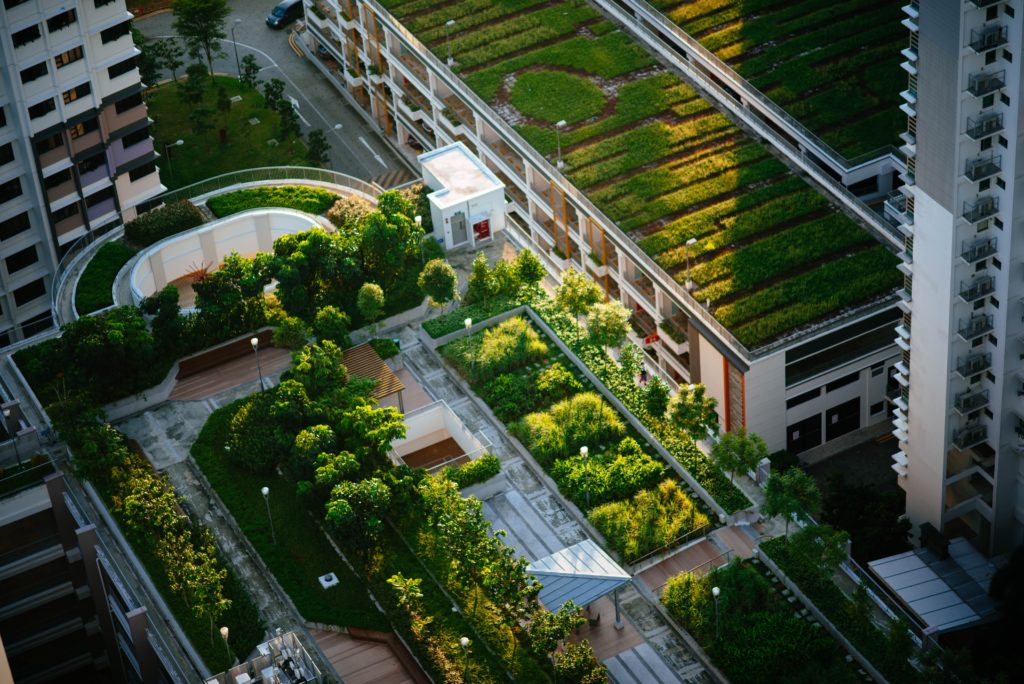
1/ Find the best place to grow your plants
Shade is the main issue when living in the city as it can be challenging to grow food if they don’t get a decent amount of sun on your balcony. So, find the sunniest spot and put most of your plants there. Besides, putting your plants up (on top of the air conditioner unit, a table, shelves, etc.) helps to maximise their exposure to the sun. See Jon’s Growing a Balcony Garden article for more tips on that.
If you have very little sun, you may not be able to grow much, therefore look for alternative places you could grow your vegetables in. Why not ask a friend or work colleague if they have a spare patch of land they are not using?
You can also look into renting a community garden.
For example in Tokyo, the application information is usually printed in local city newspapers in early January. These newspapers can be picked up from city halls, libraries, train stations, and other public facilities.
You then need to follow the application procedures and winners are then drawn by lottery. People are usually notified in February. Community gardens typically open in mid-March, and rental periods end on January 31st the following year.
Note that the above are guidelines and may differ by district and city.
If you are not proficient in Japanese, don’t let this prevent you from applying and ask a Japanese friend to help you with the application.
2/ Get some soil and a pot
Start small with one pot or planter box and expand onward and upward from there. Get ready to make mistakes! Initially, growing food involves a lot of trial and error. You will quickly learn what methods do and do not work, and where ideal places are to grow plants.
You can get some soil from any home store or alternatively use some compost. The darker the soil, the better as it will have more nutrients for the plants.
You will make mistakes and have seeds not sprout and plants not grow but don’t let failure stop you from trying.
3/ Plant what is in season
Before starting to plant, check what plants can grow, ie: their planting season. If you can read Japanese, here is a calendar showing when to plant seeds and seedlings. Alternatively, see below the calendar Jon has made that takes the climate in Japan into account.
There are two main growing seasons in Japan: March to June and mid-September to January.
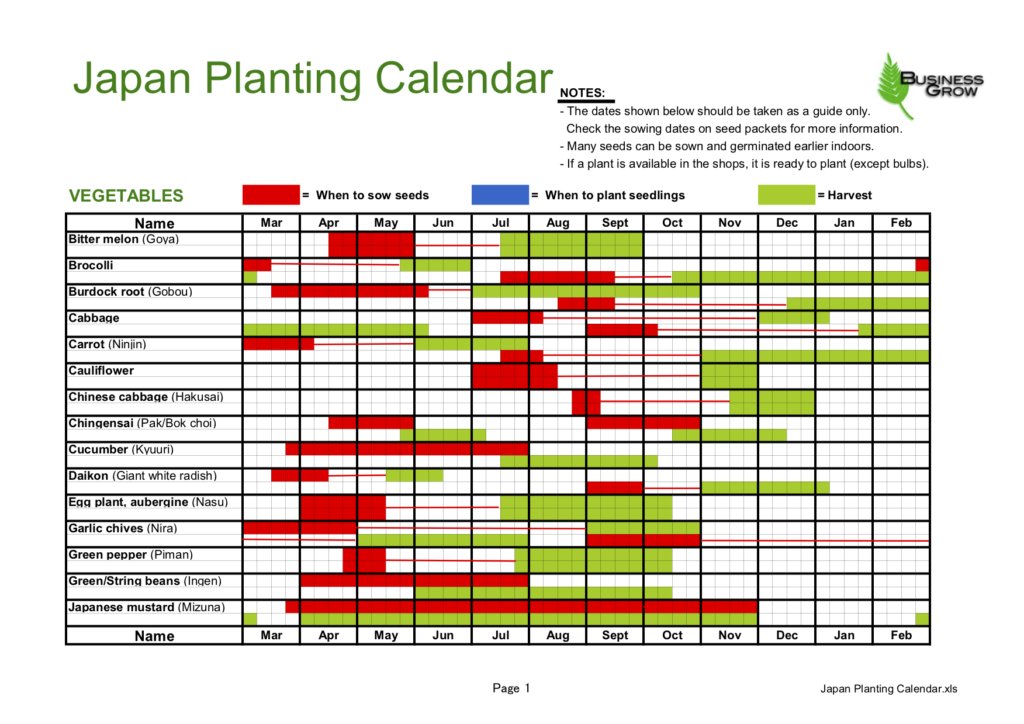

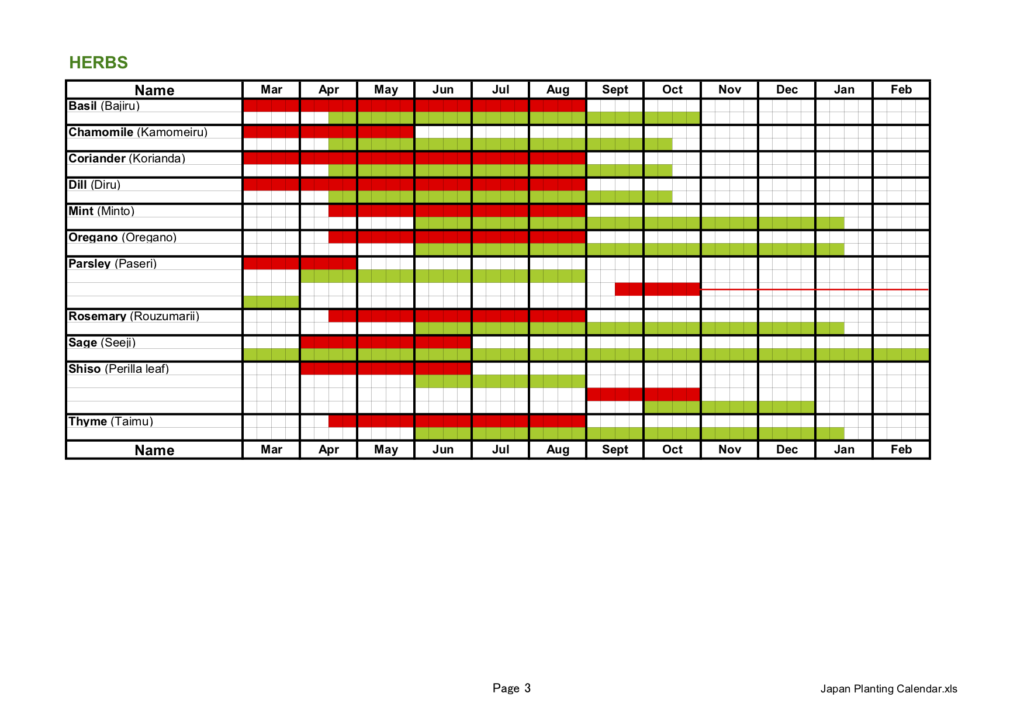
4/ Prioritise organic heirloom seeds and seedlings
It is very important to prioritise heirloom seeds as that means they have not been genetically modified or anything else. You can usually recognise hybrid seeds as they will have a use by date. Indeed, their reproductive abilities have been shut off genetically, making second generation seeds sterile. On the contrary, heirloom seeds do not have a use by date and you can collect the seeds from the plants when they fall off, keep them and plant them the next season.
Very few places in Japan are selling heirloom seeds. One store in Tokyo, Crayon House, has some available. Otherwise you can find them on Greenfield Project website.
There are other online stores such as タネの森 and 野口種苗 that also have a selection of heirloom seeds. If you are looking for seedlings, you can check City Farmers.
5/ Do not use fertilisers or pesticides
Fertilisers and pesticides are the worst for the environment, the soil health as well as our health. If you want to avoid insects eating up your vegetables, use an insect net instead.
If you give compost to your plants, make sure you use compost made from organic food scraps to avoid contaminating your soil.
On a final note, in order to remove the air pollution from your plants before eating them, you just need to wash them thoroughly with water.
